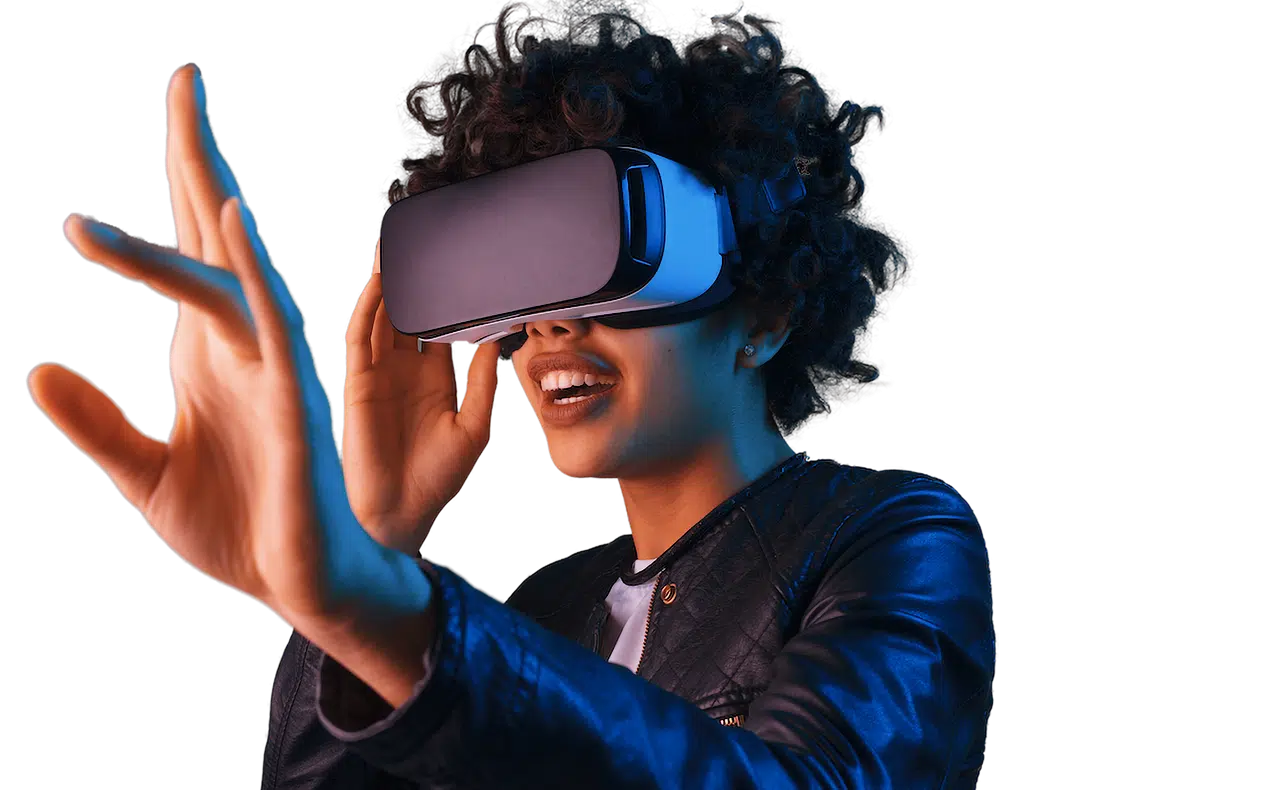
Virtual reality is based on a digital environment that simulates being real.
Virtual reality is a computer environment that digitally represents something that simulates being real . The notion, therefore, confronts two concepts that are opposite or, at least, contradictory.
Reality is made up of that which exists in an authentic or true way. Events that have an effective existence, and that are not part of fantasy or imagination, are real . Virtual , for its part, is what has the virtue of generating an effect , but which is not materialized in the present. Therefore, this adjective usually opposes the idea of what is real .
How virtual reality works
Using various computer equipment and programs, virtual reality generates a simulation of reality. This means that the person who uses virtual reality (or who "enters" an environment of this type) feels that they are interacting with real elements, even if they are not real in the physical sense.
Typically, the individual uses a helmet with a visor that projects the images . It can also have various sensors on clothing to interact with the virtual environment.
Virtual reality can be used in the training of professionals or as entertainment , like a video game . The idea is that the person feels that they are part of the world they observe through the viewer. When virtual reality is used for training purposes, the system tries to reproduce the real world in detail: in this way, the pilot who practices in a virtual reality simulator will encounter the same conditions that he will have to face on the plane.

Virtual reality can be used for entertainment or training.
Main advantages
Virtual reality has sparked an intense debate in society, with both its advantages and disadvantages being analyzed with interest. In its favor, pros such as these are attributed to it:
- As we already indicated, it is very useful to train certain professionals who do not have to be in danger or in complicated situations during their student years. We are referring to aviation, architecture or medicine, for example.
- It becomes a very useful tool for those who, due to illness, cannot leave their homes, since it allows them, from the four walls in which they are, to get to know cities or spaces around the world that they would like to visit.
- Within the field of medicine, it has become an effective resource for certain patients when recovering from powerful injuries.
Advances in virtual reality
It is important to highlight that more and more progress is being made in the matter. Thus, for example, in recent years numerous devices that use this type of technology have been presented:
- The Vive helmet, made by HTC and Valve Software , which allows the wearer to move through different spaces.
- The Oculus company launched the first consumer virtual helmet, which has to be connected to a computer and complementary controls to move objects.
- Jump , a camera that allows you to record virtual reality videos, was unveiled.
- Samsung marketed its Gear VR virtual reality headset , which uses the smartphone of the same brand as a processing unit.
